Overview
Mathematics is a powerful tool used every day to solve real-life problems. A focus on numeracy skills provides students with a solid foundation of mathematical knowledge. Numeracy skills support real-life pursuits, including telling time, using and managing money, following instructions, finding an address and reading a schedule.
Through mathematics, students develop logical thinking skills that support effective decision-making in a variety of situations. Experiences with mathematics help students develop appreciation for the patterns and relationships that describe multiple aspects of the world and its future possibilities.
Studying and mastering mathematics can lead to jobs in computer science, construction, artificial intelligence, teaching, engineering and many other fields.
Resources (updated April 2024)
- How to use new.LearnAlberta.ca (video)
- Read the new and draft K to 6 curriculum on new.LearnAlberta.ca
- Download the new K to 6 curriculum fact sheets
- Download the draft K to 6 social studies curriculum fact sheet
From draft to new curriculum: Content update summary
Current and new curriculum comparison
The following list shows how elements in the current K-6 mathematics curriculum, updated in 2016, compare to the new curriculum. The comparisons provide examples and do not represent all the changes that were made.
| Current curriculum (2016) examples | New curriculum (April 2022) examples | |
|---|---|---|
| Spatial reasoning | A limited focus on spatial reasoning is provided in earlier grades. | More focus on spatial reasoning is provided at earlier grades to help students understand measurement and geometry concepts at a younger age. |
| Fractions | Students start learning fractions in Grade 3. | Students start learning fractions in Grade 1 to build a strong foundation for understanding proportions. |
| Number facts | Students are expected to recall number facts. | Students are expected to learn, recall, and apply number facts so they can add, subtract, multiply, and divide more efficiently in various situations. |
| Operations | Students do not have to use a particular method to add, subtract, multiply, or divide. Students are expected to add, subtract, multiply, and divide with whole numbers and decimals. | There are clear expectations for students to use standard algorithms to add, subtract, multiply, or divide so there are consistent, reliable processes to find answers. Students are expected to add, subtract, multiply, and divide with whole numbers and decimals, and to add and subtract fractions |
| Financial literacy | Students are not required to learn about money and financial concepts. | Students work with money concepts in mathematics to support financial literacy skills learned in physical education and wellness. |
Snapshot by grade
In new K to 6 mathematics, students will learn about numbers and operations, measurement, geometry, algebra and statistics.
-
 Kindergarten
Kindergarten- Count and represent quantities within 10
- Recognize 2-D and 3-D shapes in the environment
- Compare objects by length, area, weight, and capacity
- Order a sequence of events according to time
-
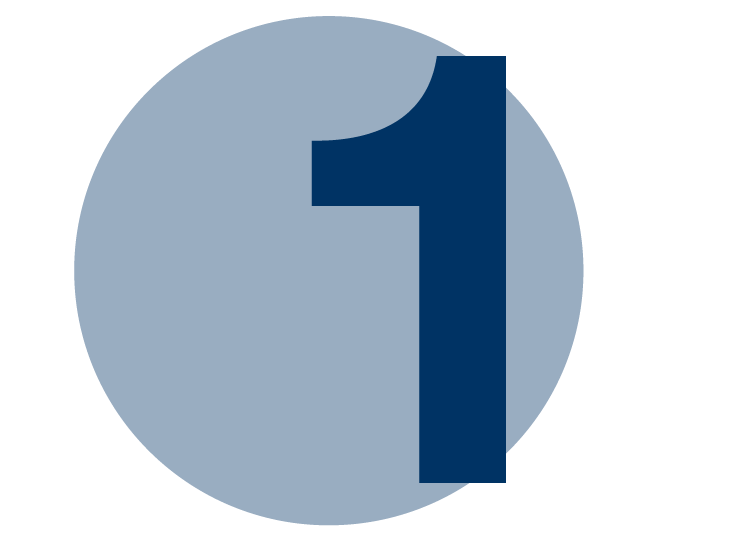 Grade 1
Grade 1- Recall addition number facts to a sum of 20 and related subtraction facts
- Compare and sort 2-D and 3-D shapes
- Order objects according to length, area and capacity
- Identify cycles of time from nature and calendars
-
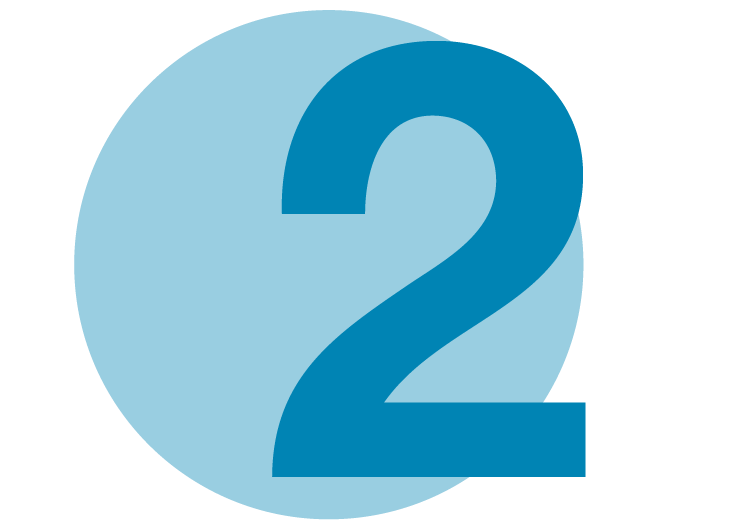 Grade 2
Grade 2- Add and subtract numbers within 100
- Sort shapes and describe the sorting rule
- Measure length in centimetres
- Describe durations of time in days, weeks, months, or years
- Collect and graph data
-
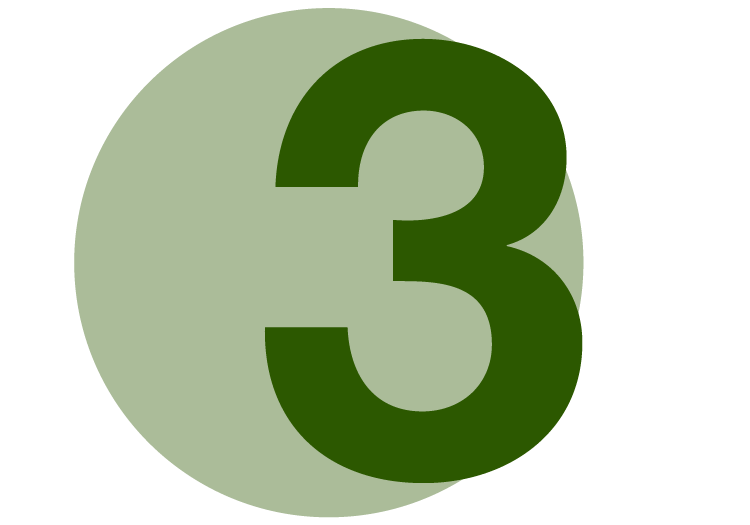 Grade 3
Grade 3- Add and subtract numbers within 1000 using standard procedures (algorithms)
- Recall multiplication number facts to 10 x 10 and related division facts
- Recognize parallel, perpendicular, and equal sides in 2-D shapes
- Measure length using metric units
- Tell time using analog and digital clocks
-
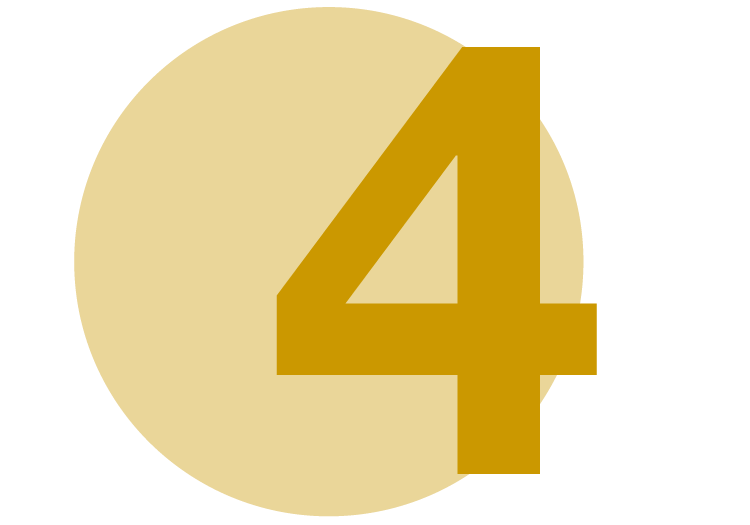 Grade 4
Grade 4- Add and subtract numbers within 10,000 including decimal numbers, using standard procedures (algorithms)
- Multiply and divide 3-digit natural numbers by one-digit natural numbers, using standard procedures (algorithms)
- Classify quadrilaterals and triangles using angle and side measurements
- Measure and calculate the area of rectangles
- Represent and interpret data in various graphs
-
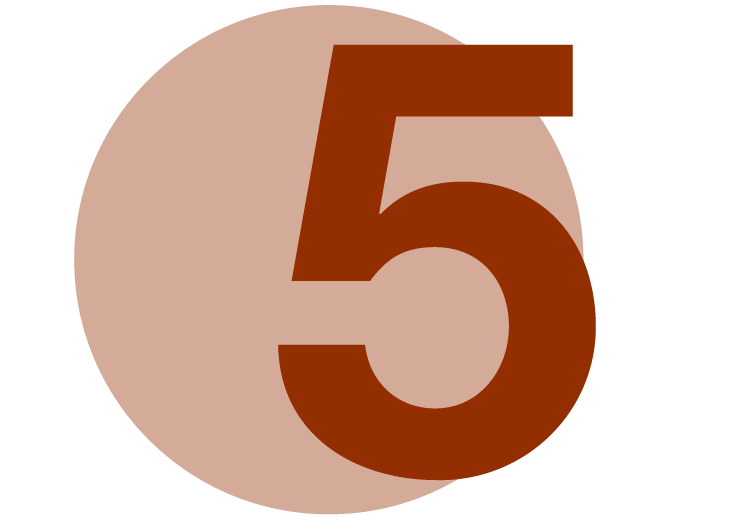 Grade 5
Grade 5- Add and subtract numbers within 1,000,000 including decimal numbers, using standard procedures (algorithms)
- Multiply 3-digit natural numbers by two-digit natural numbers, using standard procedures (algorithms)
- Add and subtract fractions with common denominators
- Write and evaluate algebraic expressions
- Classify shapes using symmetry
- Calculate area and perimeter of rectangles
-
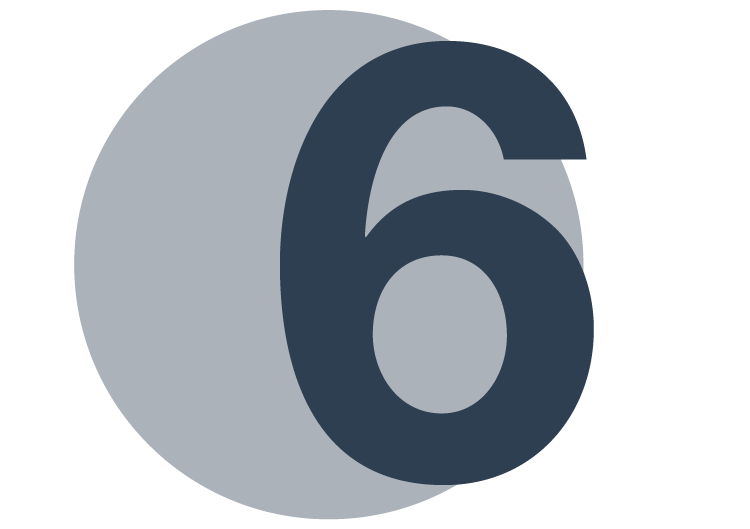 Grade 6
Grade 6- Add, subtract, multiply and divide using standard procedures (algorithms) to solve problems
- Multiply fractions by natural numbers
- Calculate area and volume
- Solve algebraic equations
- Collect, graph and interpret data